Nepal – Cow
Cows are one of the most common animals in the world. But they are so common that one may wonder why any country would choose it as a national animal. But in Nepal, killing and eating cows is illegal. The thing is, this country has a Hindu majority, and in Hinduism, cows are associated with the goddess Lakshmi. Therefore, they are regarded as sacred animals.

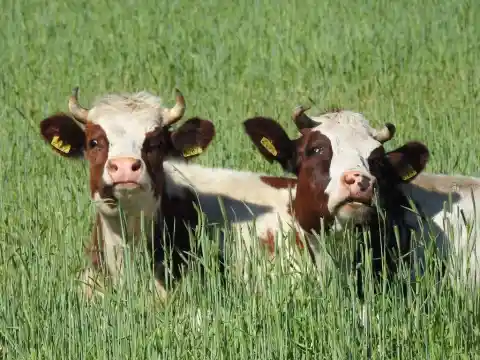
Cows are so sacred for the Nepalese that they even have a festival in their honor. Every October, the _Tihar_ or Diwali is held, and during this celebration, people pray for the farm animals. So foreigners, beware! Eating a hamburger will be heavily frowned upon.
Malta – Pharaoh Hound
I don’t know about you, but when I read the name of this animal, I guessed it came from Egypt. But I was wrong: this pointy-eared canine is actually indigenous to the tiny European island of Malta, where they are traditionally used for hunting rodents and rabbits.
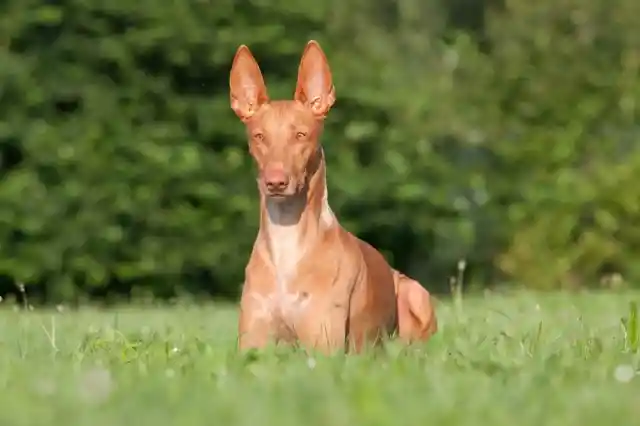

However, some people believe that this dog breed is a blood relative of an ancient Egyptian hunting dog, the Tesem. According to this theory, the Tesem were brought all the way over to the country of Malta by the Phoenicians. It sounds kind of unlikely, doesn’t it?
Canada – Beaver
Canadians surely made a great choice because its national animal couldn’t be cuter. But even though choosing the beaver as a national symbol sounds silly, it’s actually not: in fact, Canada has to thank beavers for their existence. The reason is that when French explorers reached what is now Canadian territory, the beaver’s fur became one of the key elements of the colonial economy and tempted settlers to explore further and further.
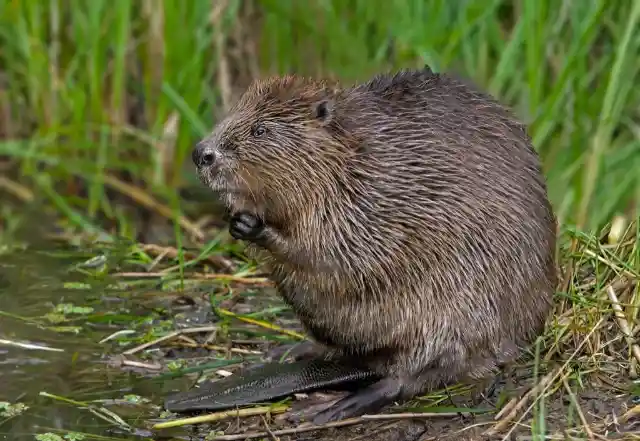
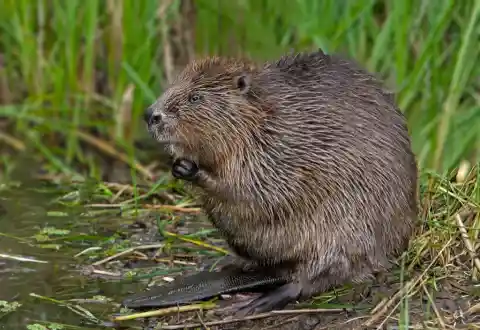
In 1975, this cute little mammal was officially named the country’s national animal, and you can still spot them roaming around the forests and lakes. But you’ll have a tough time spotting them during the daytime because they happen to be quite a nocturnal animal.
Belize – Baird’s Tapir
Even though it’s not nearly as big as an elephant, this funny-looking animal is actually the largest land mammal in Central America. And even though these animals resemble ant-eaters, mainly due to their long noses, they are actually more closely related to rhinoceros. As you can see in the picture, they tend to curl their lips and raise their snouts, which results in a funny-looking expression.
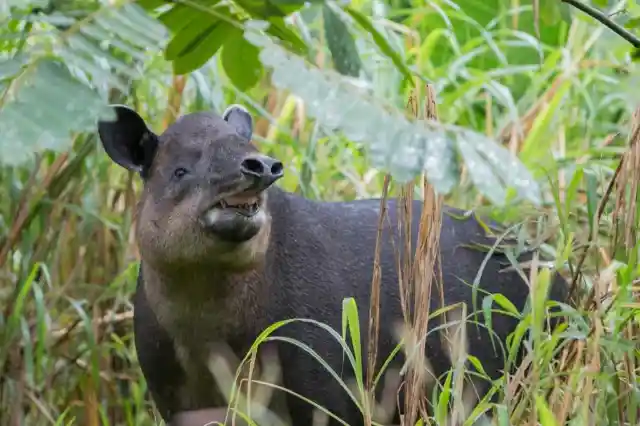
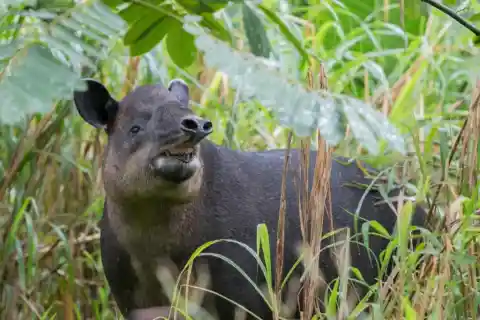
Not only has Belize named Baird’s tapir as its national animal: it has also prohibited people from hunting them. The main reason behind this is that they have become one of the world’s many endangered species. The thing is, they have been traditionally hunted for their meat and leathery skin.
New Zealand – Kiwi
In case any of you didn’t know, kiwis are not just a green-colored fruit, but also a sweet little bird. Sadly, the national animal of New Zealand is nearly extinct. Even though this flightless bird is quite small in size, it lays really big eggs, which can weigh up to one-quarter of an adult’s bird body mass.
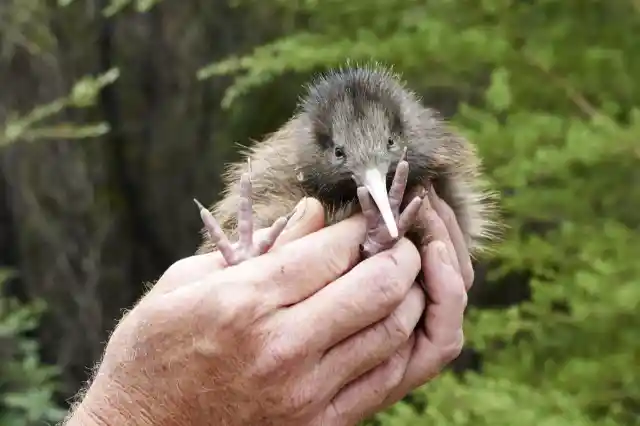
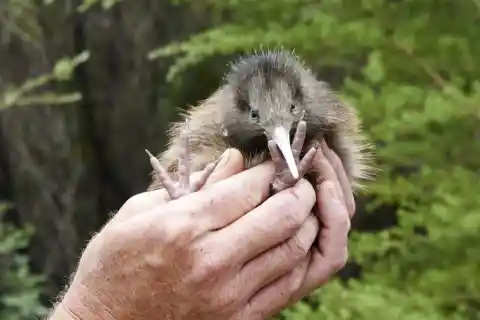
People in New Zealand value kiwis as a symbol of the country’s unique wildlife and natural heritage. According to the New Zealand Department of Conservation, the indigenous Maori people highly regard this species of bird and sometimes weave kiwi feather cloaks for high-ranking officials.
Croatia – Marten
Croatia sure picked a cute little creature as its national animal! These furry funny-looking fellows are called martens. They are small carnivore mammals, and even though they are agile climbers and surprisingly good swimmers, they spend most of the time on the ground.


Curiously, Croatia’s economic history and that of the marten are closely related. A long time ago, pelts of pine martens were used both to pay taxes and as a means of trade. And even though this doesn’t continue to happen nowadays, Croatians still refer to their currency as _kuna_, which is the Croatian word for marten. Weird, right?
France – Gallic Rooster
France’s choice was quite funny: their national animal is the Gallic rooster. However, the history of this little creature dates back to the Middle Ages, when the French discovered that _gallus_ in Latin meant both “inhabitant of Gaul” and “rooster”.
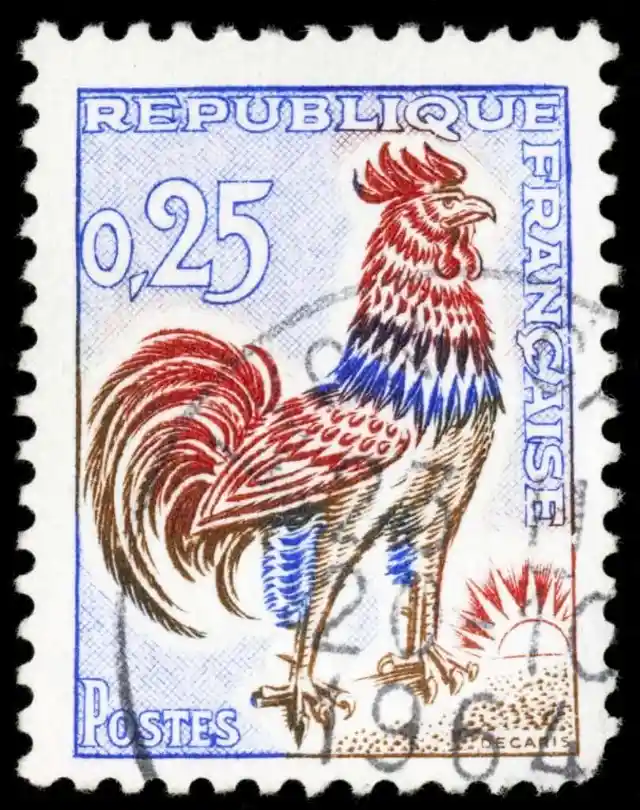
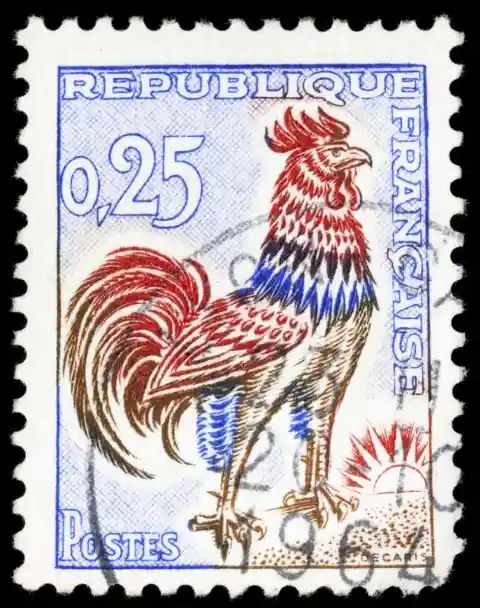
During the French Revolution, this exuberant bird adorned the French flag, and after the 1848 Revolution, it became part of the country’s seal. But the French are still fond of this little fellow even today: in fact, during the World Cup held in France in 1998, they made the Gallic rooster the championship’s mascot.
Australia – Emu
One would’ve thought that the national animal of Australia would be either the koala or the kangaroo, but to everyone’s surprise, it’s the emu! This beautiful animal happens to be the world’s second-largest bird and can grow up to 2 meters tall, only beaten by the ostrich. And just like ostriches, they are flightless. Imagine the wings that it would need in order to stand such weight!
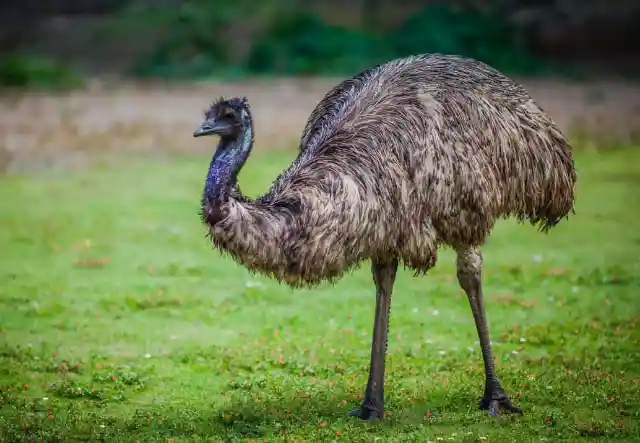
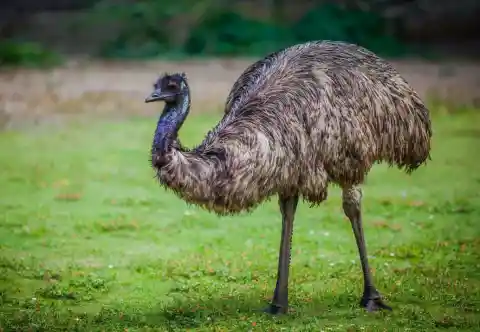
The emu was chosen together with the kangaroo as Australia’s national animal because neither of them can walk backward, which supposedly symbolizes the country’s forward-moving progress. So if you ever travel to the biggest island in the world, there’s another animal that you have to add to your list.
Pakistan – Markhor
Just like cows, goats are one of the most common animals in the world. But Pakistan’s national animal is no ordinary goat: the markhor is a species of wild goat found in the Himalayas, which boasts a unique pair of swirling horns. And believe it or not, these horns can reach up to 63 inches in length in males and 10 inches in females!
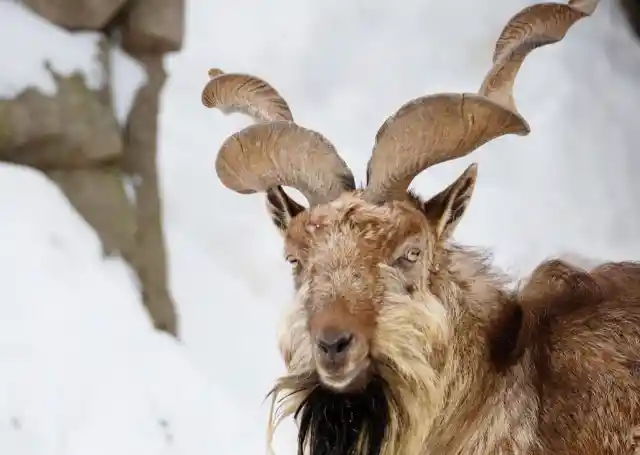
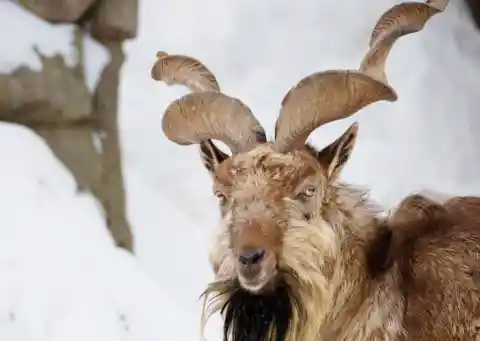
The word “markhor” means “snake” in Persian, so it was probably chosen in reference to the shape of their horns. Unfortunately, these animals were classified as endangered until 2015, when their status was shifted to just threatened.
Indonesia – Komodo Dragon
Despite its name, the Komodo dragon isn’t actually a dragon: it just looks like one. This rare reptile only lives on the Indonesian island of Komodo, which happens to be one of the 7 Natural Wonders of the World. As you can tell from the picture, these creatures are among the most dangerous in the world, as their venomous saliva can kill all sorts of prey.
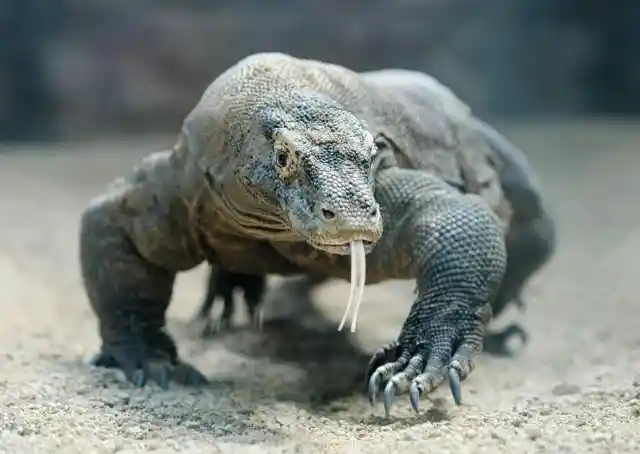
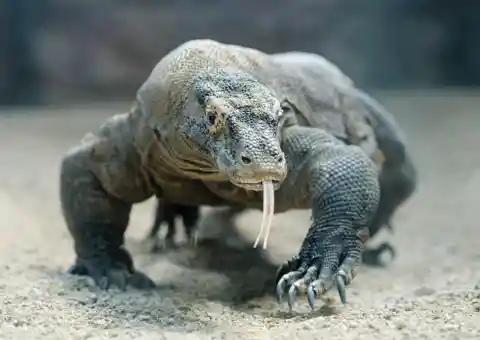
But not only do Komodo dragons eat all types of mammals. In some cases, they even eat their own offspring! Why on earth did Indonesia choose such an intimidating and cannibal creature as a national symbol, one may wonder.
Antigua And Barbuda – Frigate
I’m pretty sure many of you haven’t heard of this country, which is made up of several extremely small islands located amid the Caribbean Sea. This tiny country chose a very rare species of bird as its national animal: the frigate. As you can see in the picture below, its throat is so enormous that you can barely see its head!
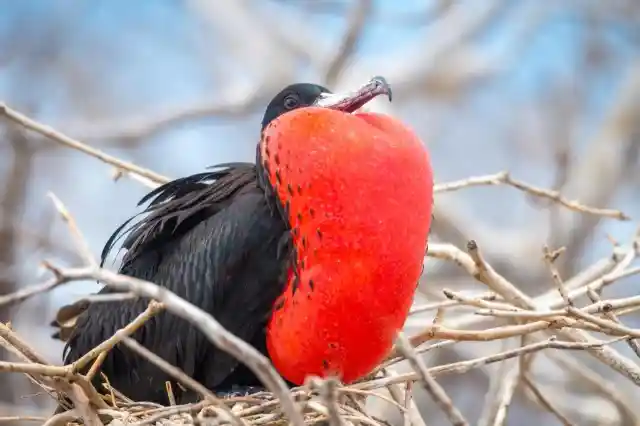

The frigate is a distant and colorful relative of the pelican. As funny as it looks in the picture, it’s worth mentioning that they don’t always look like that: the male frigates blow up their ruby red throats only when they want to attract females. The island of Barbuda harbors the largest colony of frigates in the whole world, with a population of nearly 100,000.
Papua New Guinea – Dugong
Papua New Guinea also made a strange and funny choice for its national animal. The dugong is a very rare marine mammal that can weigh up to 1,100 pounds. But even though it looks like a dangerous predator, it’s actually a rather gentle fellow. So if you come across one, don’t worry: they won’t hurt you at all.

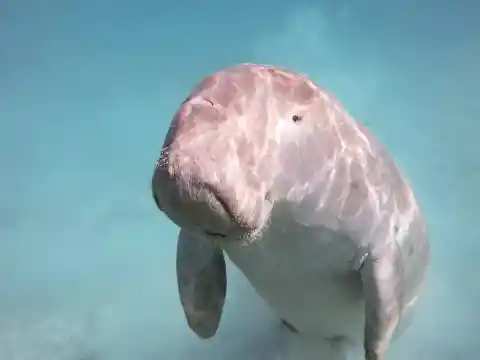
These creatures – whose giant faces resemble those of their manatee relatives – are thought to have inspired many tales of mermaids and sirens. The country decided to adopt it as its national animal after the species came to the brink of extinction as a result of many years of poaching.
Mauritius – Dodo Bird
As you can see, many countries made really weird choices when it came to picking a national animal. But Mauritius took things a step further: since apparently there aren’t enough living animals in the world, this country chose the Dodo, a bird that has been extinct for over 500 years.
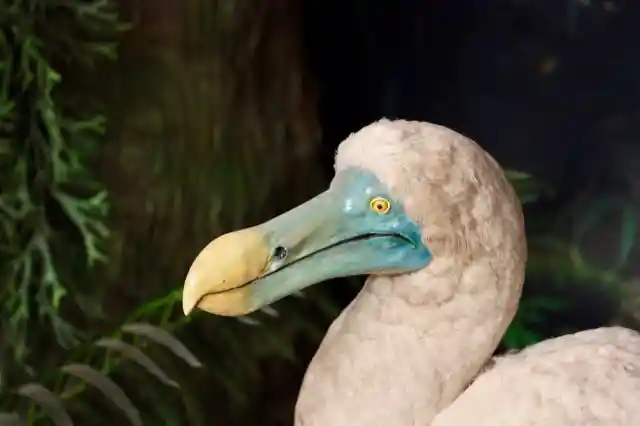
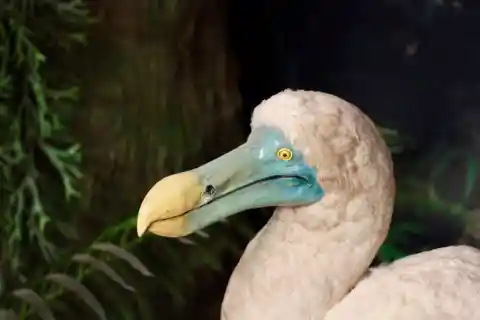
But what’s the story behind this choice? It happens to be that these birds first settled on the island over four million years ago, but they forgot how to fly when there were no predators left. In the 1500s, humans began to settle on the island: not only did they eat Dodos as food, but they also introduced new predatory animals that fed on them. Thus, within a few centuries, this species had already become extinct. As a tribute, this African island decided to name it their national animal. It’s the least they could do, right?
Portugal – Barcelos Rooster
Portugal’s choice is even weirder than the one of Mauritius. It happens to be that this country chose an animal that comes from a legend instead of real life. So you’ll never see a Barcelos rooster roaming around a farm: in any case, you’ll see several ceramic versions of this funny little creature being sold on Lisbon’s and Porto’s street markets.

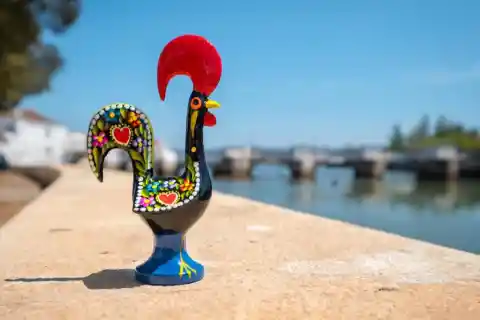
But let’s get to know more about this legend. Apparently, in the 15th century, a man named Barcelos was falsely accused of an unsolved crime. When he was about to be hanged, he stated that a dead rooster coming back to life would end up proving his innocence. And to everyone’s disbelief, a dead rooster magically rose from the crowd, proved him innocent, and saved his life.
Hungary – Turul
Just like the Portuguese, Hungarians chose a creature that only exists in legends: the Turul. According to mythology, this creature, which by the way looks pretty much like a condor, is a messenger of God who watches over the country’s citizens. In fact, there’s a very famous Hungarian fable that tells the story of a woman named Emese, who was once approached by a Turul in a dream and went on to give birth to a succession of political leaders.
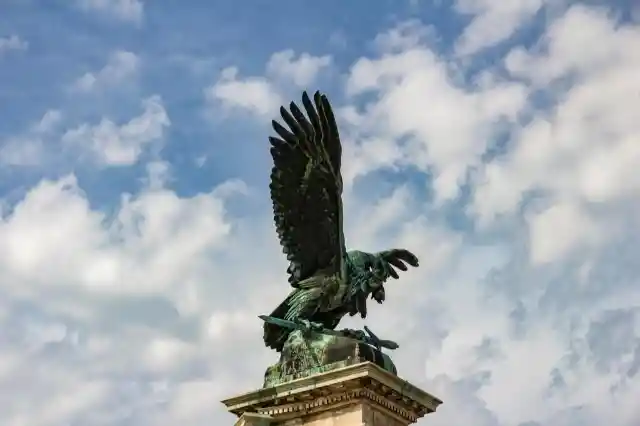
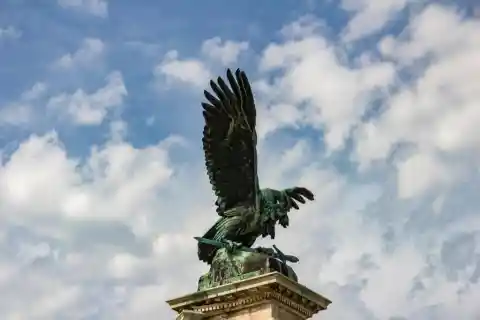
But this mythological figure isn’t just the country’s national animal. It is also emblazoned on the coat of arms of the Hungarian Army, on the Office of National Security, and last but not least on the Counter-Terrorism Centre. So Turuls seem to be a big deal, right?
Scotland – Unicorn
You’re probably asking yourselves if you’ve read right. And the answer is yes then you most certainly did: the Scottish have decided to name the unicorn as their national emblem. But why on earth did they choose a creature that doesn’t even exist?
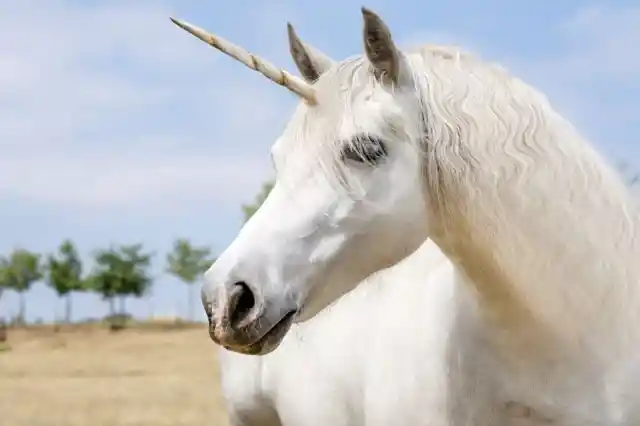
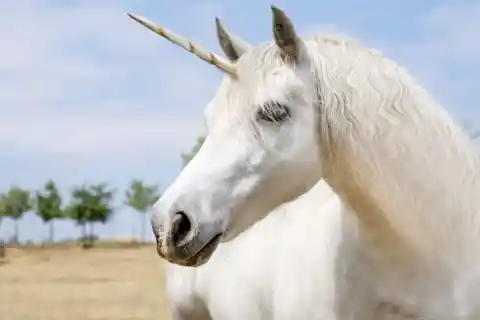
Even though the unicorn is clearly a mythical creature, it appears to be that in the 1300s, when the country was choosing its national animal, many people believed that it actually existed. According to Scottish folklore, unicorns had the power of defeating the largest mammals of all, the elephants. Thus, historians believe that the Scottish chose the unicorn due to its strength and selflessness.
Greece – Phoenix
Greeks are as crazy as the Scottish: their national animal is the mythical creature of the Phoenix. As a matter of fact, in 1928, this same creature was introduced as the first currency of the modern state of Greece. But why the Phoenix, out of all the possible creatures?
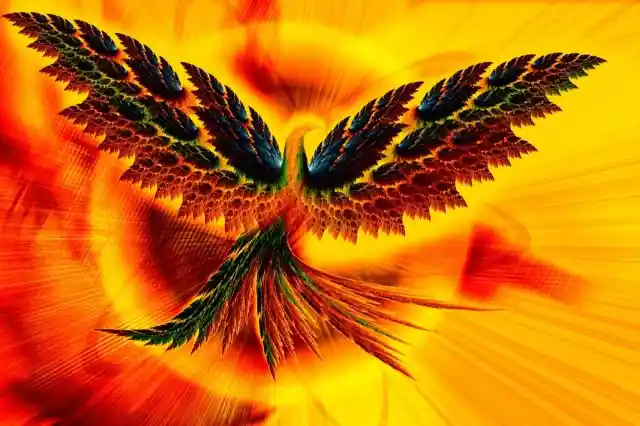
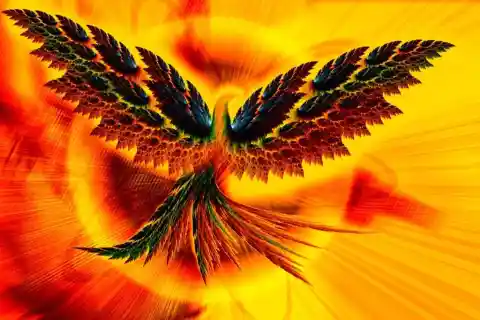
When Phoenix became the country’s currency, the name was intended to symbolize the rebirth of Greece, just as the Greek War of Independence was on its course. But if we take into account the creature’s prevalence in Greek ancient mythology, it’s no wonder that they ended up choosing it as their national bird.
North Korea – Chollima
But to your disbelief, Scotland and Greece aren’t the only countries in the world that chose a mythical creature as a national animal. North Korea followed their path, but they picked a creature way less popular than the unicorn and the Phoenix. The Chollima is a type of horse, and it is usually found in Chinese classics. Its name literally translates to “thousand-mile horse,” and it is believed that this creature can gallop up to 311 miles in a day.
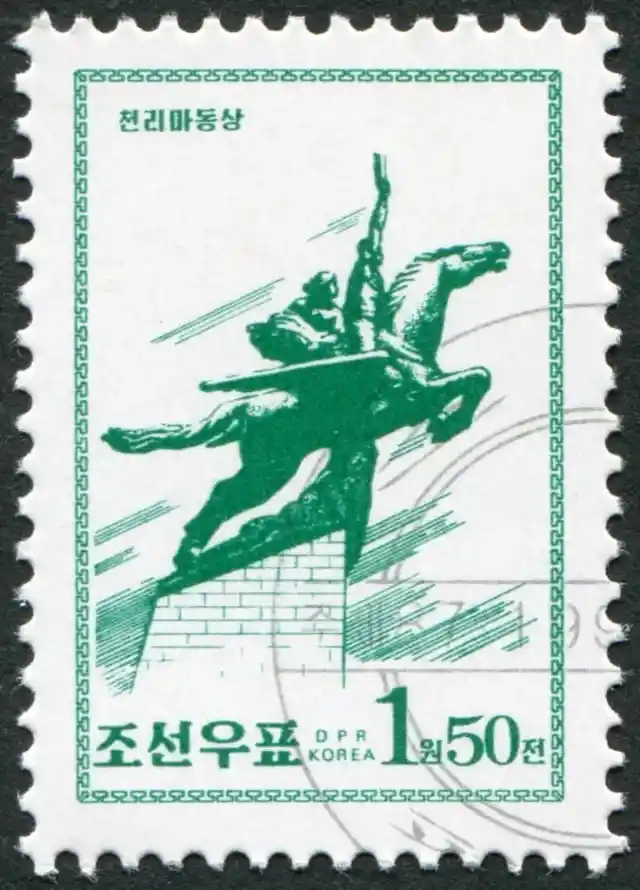
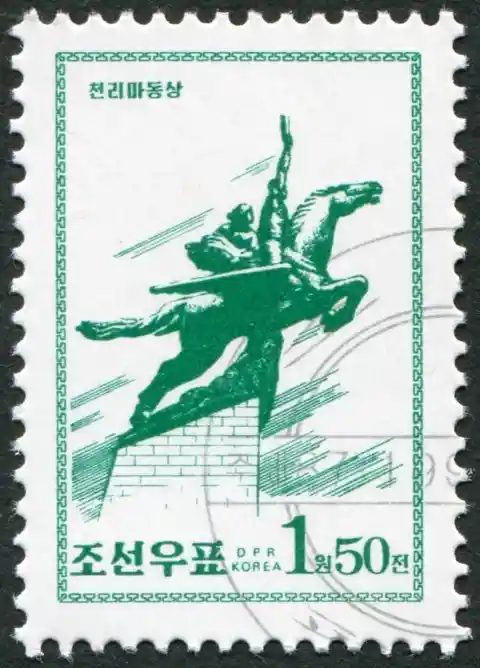
But what’s the history behind the chollima? When North Korea and South Korea came to a ceasefire after the war in 1953, President Kim Il Sun told people that they had to rebuild the nation at Chollima speed. Ever since then, this mythical creature lies in the conscience of every North Korean citizen. But after such bizarre animal choices, can you guess which are the two that are left?
Wales – Welsh Dragon
The Welsh have also opted for a mythical creature that doesn’t exist on Earth: the dragon. But these fellows took it to another level: not only have they made the dragon their national animal, but they have also decided to place it in their flag. They really love dragons!
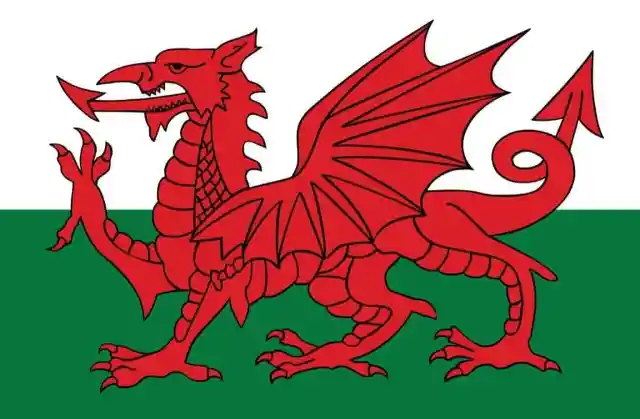
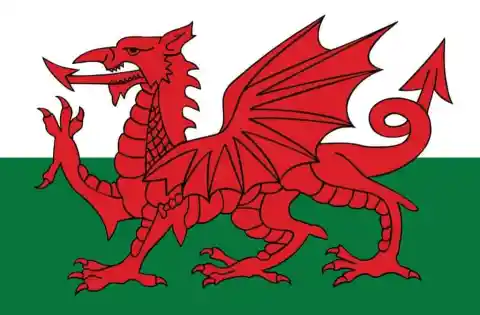
The Welsh flag, which appears on the picture above, is thought to be the oldest one in the world. As you can see, the Welsh Dragon is red-colored and features an arrow-shaped tongue. Wales’ travel website traces the creature’s origin back to the Arthurian legend when Merlin envisioned a fight between a red dragon and the white dragon: the red one symbolized the Welsh, while the white one symbolized the invading Saxons. Who would’ve thought that there was so much history behind this bizarre choice?
Bhutan – Durk
Last but not least, the Kingdom of Bhutan has also made quite a strange choice, even stranger than that of Wales. But just like that country, they have also included their mythical creature in their national flag. So if you take a quick look at Bhutan’s flag, you’ll see that in the center lies a Druk, a dragon that represents the kingdom’s name. But this is no ordinary dragon.
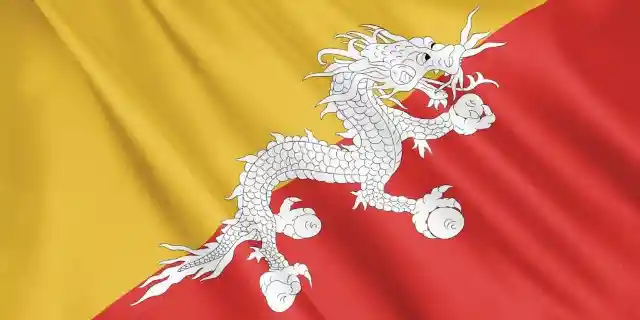
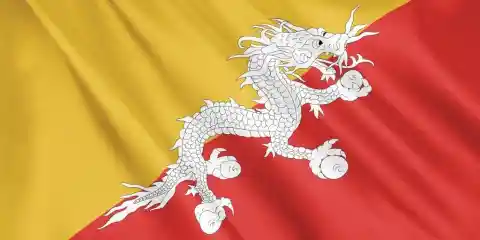
If you look more closely, you’ll notice that the dragon’s claws are grasping jewels, which are supposed to symbolize the country’s plentiful bounty. In turn, its intimidating glare warns potential invaders of the Bhutanese guardian deity’s devotion to keeping the country out of risk. This little fellow definitely deserved to lead our list, right?